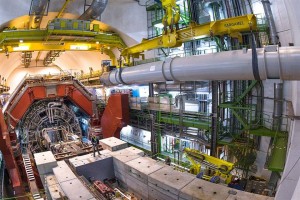
Update 19.10.2015: The first images of the north pole of Saturn’s icy moon, Enceladus, provided by the Cassini mission following the 14 October 2015 flyby are available here.
The Cassini mission begins today a series of three close encounters with Saturn’s moon Enceladus with first images expected within the next days. From more than a billion kilometers away on Earth, the Cassini team is able to send the spacecraft hurtling past Saturn’s moons at closest approach distances as small as 25 kilometers to perform flybys, which are are a critical part of the Cassini mission, for both science and navigation purposes. When Cassini last approached Enceladus the north of the moon was shrouded in darkness during its winter but now that it is summer there, the Sun is shining on the high northern latitudes.









